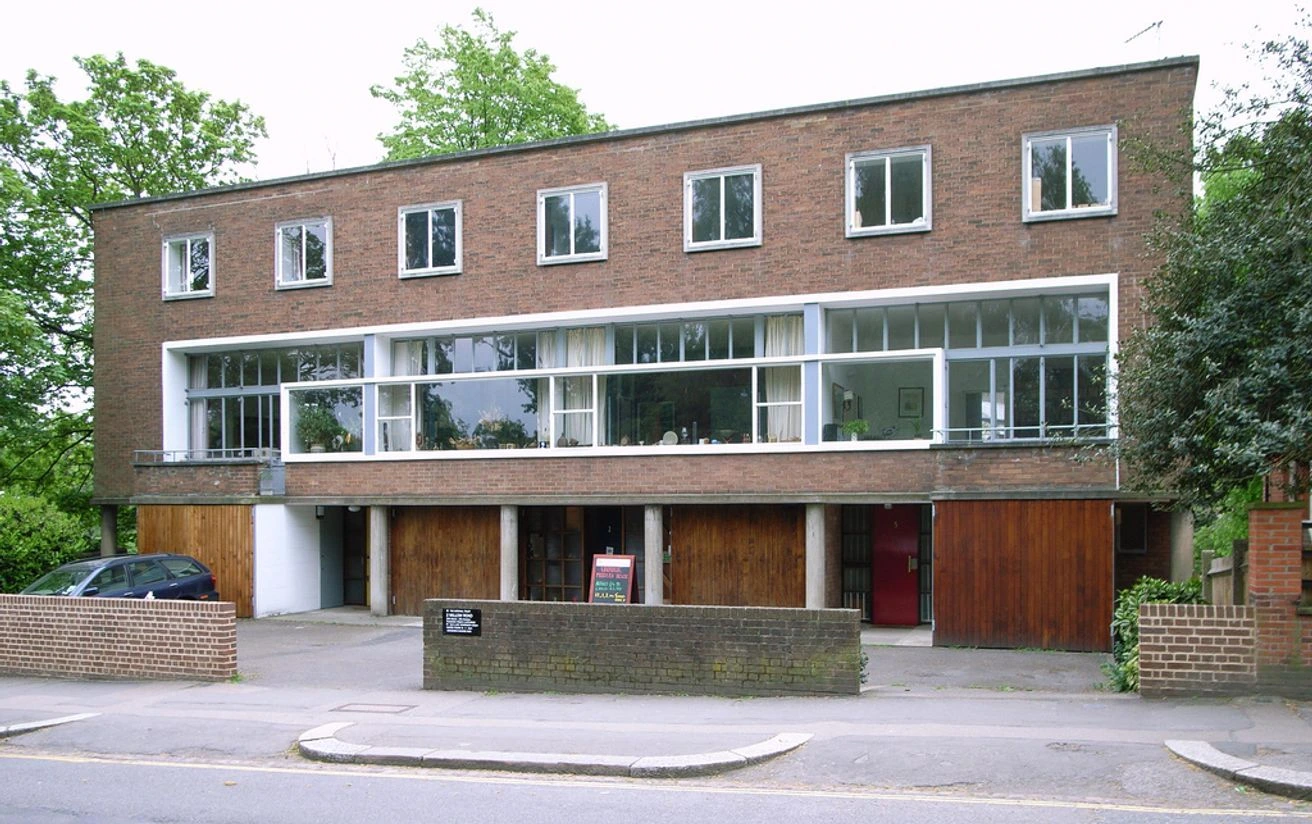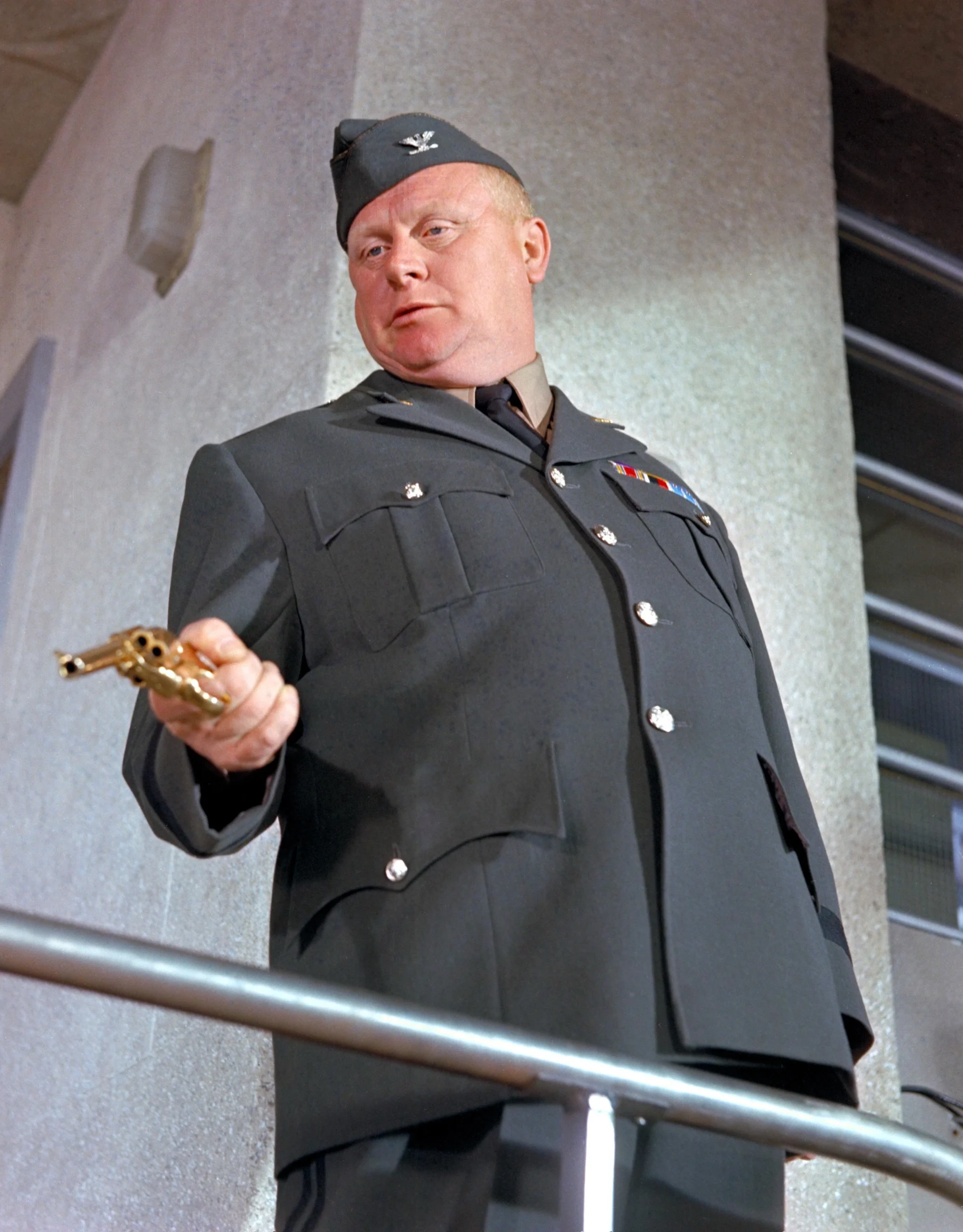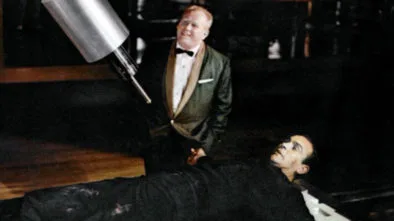“Goldprick”: The Feud That Created An Iconic Bond Villain
The James Bond novels—and the films they inspired—are not exactly known for their realism, but creator Ian Fleming often took inspiration from real life.
Ernst Stavro Blofeld, Bond’s archnemesis, shares a surname with famous cricket commentator Henry Blofeld, who attended Eton with Fleming. Even the infamous Pussy Galore was based on a real-life acquaintance, while Bond himself got his name from an ornithologist.
But perhaps the most glittering real-world connection is the villain Auric Goldfinger. Rather than evoking “a French nail varnish” as Bond quips in the novel, Goldfinger was named after a real person—modernist architect Erno Goldfinger.
The story goes that Fleming, a staunch traditionalist, despised Goldfinger’s architectural style and used his name as an act of literary revenge. How much of this is true? And who exactly was Erno Goldfinger?
The Real Goldfinger
Born in 1902 to a wealthy Jewish family in Budapest, Erno Goldfinger studied architecture in Paris at the distinguished École des Beaux-Arts. There, he immersed himself in modernist ideals, rubbing shoulders with figures like Max Ernst and Le Corbusier.
Modernism rejected the ornate aesthetics of the past in favor of raw functionality. Concrete, steel, and glass became dominant materials, with clean geometric lines replacing decorative embellishments. Le Corbusier saw buildings as “machines for living,” designed for efficiency over beauty—a philosophy that resonated deeply with Goldfinger.
Politically, he aligned himself with communism, a conviction he held throughout his life. In 1934, he and his wife, Ursula, moved to Britain, escaping the rise of Nazism. His first major project there, 1–3 Willow Road in Hampstead, was a trio of modernist homes, including his own residence—now a National Trust property.

The Fleming Feud
It was in Hampstead that Goldfinger and Fleming’s worlds collided. The rumor is that Fleming loathed the stark, concrete-heavy designs Goldfinger championed—so much so that, during a golf game with his cousin, he allegedly decided to immortalize his disdain by naming his latest Bond villain after the architect.
When Erno Goldfinger got wind of this, he was furious. He threatened to sue Fleming’s publisher, Jonathan Cape, arguing that there were too few Goldfingers in Britain for the name to be anything but a personal attack.
Fleming, ever the provocateur, responded with a taunt: he could just as easily change the villain’s name to “Goldprick.”
Faced with such irreverence, Erno settled out of court. The agreement ensured his legal fees were covered, and he received six copies of the book. Fleming, in turn, was required to always use the villain’s full name, Auric Goldfinger, to distance him—at least slightly—from the real-life architect. Future editions of the novel also included a disclaimer clarifying that all characters were fictitious.

Fact and Fiction
While Fleming exaggerated many aspects of his villains, Auric Goldfinger does bear some uncanny similarities to the real Erno.
Both were foreign-born, naturalized British citizens. Both had communist leanings—Goldfinger in the novel is a financier for SMERSH, the real-life Soviet counterintelligence agency. And both were controversial figures, though for different reasons.
Yet Fleming took his creative liberties further. His Goldfinger is grotesque, described as a patchwork of ill-fitting body parts, with a shock of red hair. His villainy extends beyond money laundering—he is a sadistic pervert who paints women in gold before sleeping with them.
Perhaps most insulting to Erno was Fleming’s treatment of his wife. Through a golfing friend distantly related to Ursula Goldfinger, Fleming knew of the couple personally. In Goldfinger, the architect’s real-life relation appears as a minor character—but his female counterpart is a heroin addict.

Image: MovieStillsDB.com
The Ironic Legacy
Erno Goldfinger dismissed the novel as a “pulp thriller” that would fade from memory. He was wrong. Just three years later, Goldfinger hit cinema screens, catapulting Bond into global superstardom.
By then, Fleming had died, but he had lived long enough to visit the set and meet actor Gert Fröbe, whose physical resemblance to the villain—though less exaggerated—only reinforced the association.
The Goldfinger name became inescapable. For decades, the Goldfinger family endured late-night prank calls: “Goldfingah! This is 007!” callers would declare in bad Sean Connery impressions. Others would belt out Shirley Bassey’s theme song.
Yet, in a twist of fate, Erno Goldfinger may have had the last laugh. Despite public resistance, his architectural influence grew. His brutalist towers—Balfron Tower, Trellick Tower, and Metro Central Heights—became defining examples of post-war British architecture.
And Bond’s own cinematic world unwittingly paid homage to him. Legendary set designer Ken Adam, the visionary behind Bond’s lavish villain lairs, drew inspiration from modernist and brutalist styles—particularly in Goldfinger. The film’s interpretation of Fort Knox, a cavernous concrete-and-metal fantasy, could have been plucked from one of Erno Goldfinger’s blueprints.
So while Fleming may have intended to mock Goldfinger, his name became forever linked to a legend larger than architecture itself. Ironically, his influence shaped the very world Bond inhabits—a world where steel, concrete, and bold, futuristic designs are as much a signature as a vodka martini, shaken not stirred.




